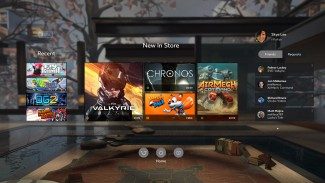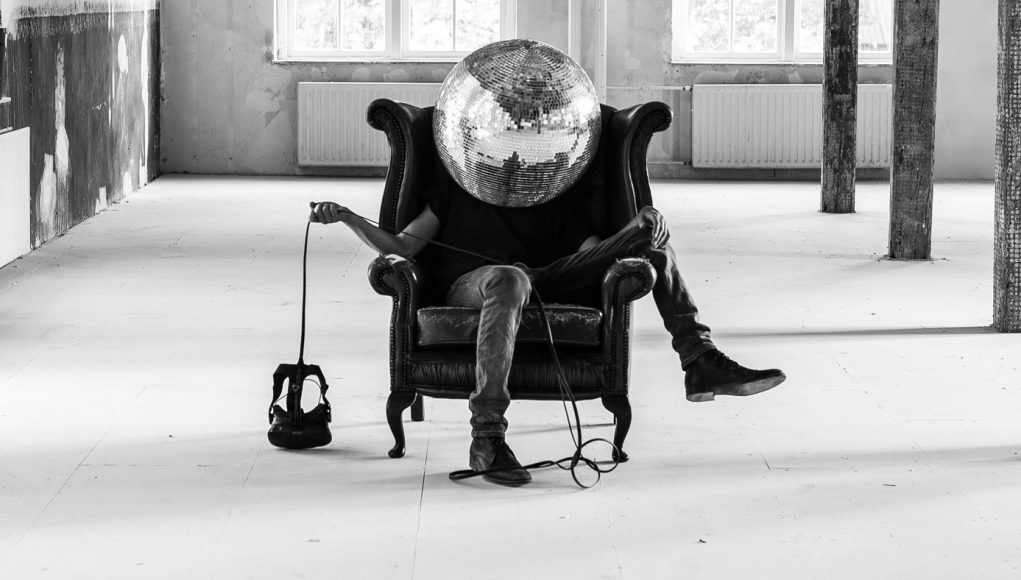Immersive content agency Purple Pill has announced a VR interface design competition and is offering $10,000 in cash prizes to those who create the best virtual reality interfaces.
From gaze-based interaction modalities to laser pointer menus to skeuomorphic knobs and buttons, today’s VR interfaces are all over the place. Even from one motion controller to the next, VR interface designs don’t agree on the best way to pick up and hold virtual objects. It’s going to take time before reaching any sort of consensus on VR interface design, but Purple Pill is hoping to spur things along.

The company has announced a VR interface design contest that begins today and runs until March 15th. Entries will be judged on Usability, Design, Creativity, and Performance. The first place prize is $7,500 in cash and the second place prize is $2,500.
“The majority of interfaces we see in the current generation of VR apps are confusing and rather plain. They’re usually not much more than a floating plane with some text on it,” says Purple Pill’s Nick Kraakman. “With this competition we want to stimulate designers and developers from around the world to come up with fresh ideas about UI’s in VR and create some innovative designs that push the boundaries of this exciting medium.”
What’s the catch? Well, Purple Pill isn’t quite doing this just out of the goodness of their hearts—entries must be based on the company’s Headjack Unity API, a foundation for creating cross-platform VR apps which include 360 video.
The contest’s official rules require that each entry:
• Is created using the Headjack Template API
• Runs smoothly and without frame drops
• Is submitted during the Competition Period
• Is added to the Marketplace as a Public free template
Although not part of the official rules, Purple Pill says entries “Should have support for mobile VR.” The rules further say that entries can be submitted in the following way:
- Sign up for a free Headjack account on https://app.headjack.io
- Create a VR Template using the Headjack API found at https://headjack.io/docs
- Upload the template to the Headjack Template Marketplace at
- https://app.headjack.io/#/templates/my-templates/add as a Public free template
Starting today, participants can submit any number of entries but are only eligible to win one of the two cash prizes. Purple Pill says that the winners will be announced one month after the March 15th submission deadline.







